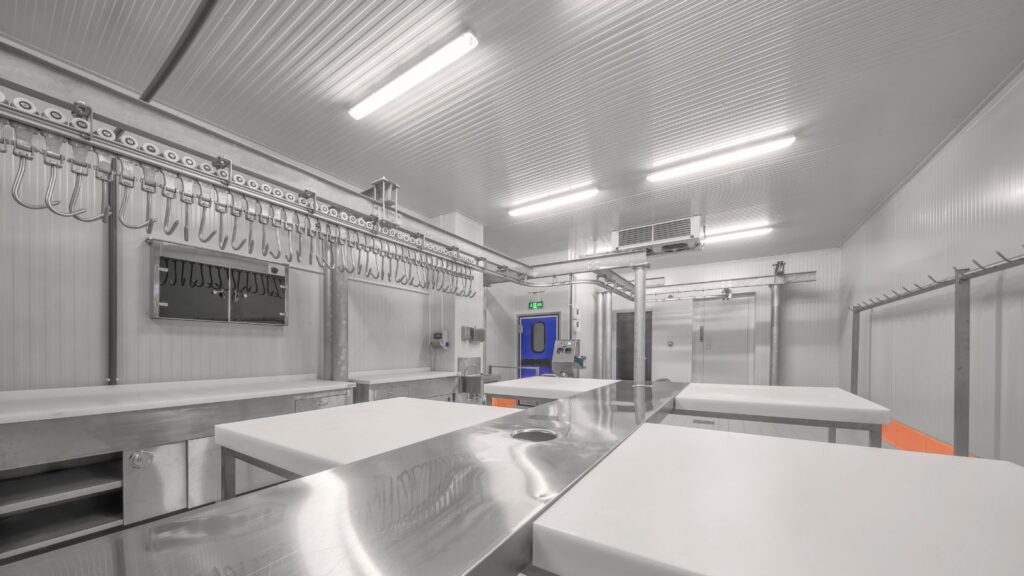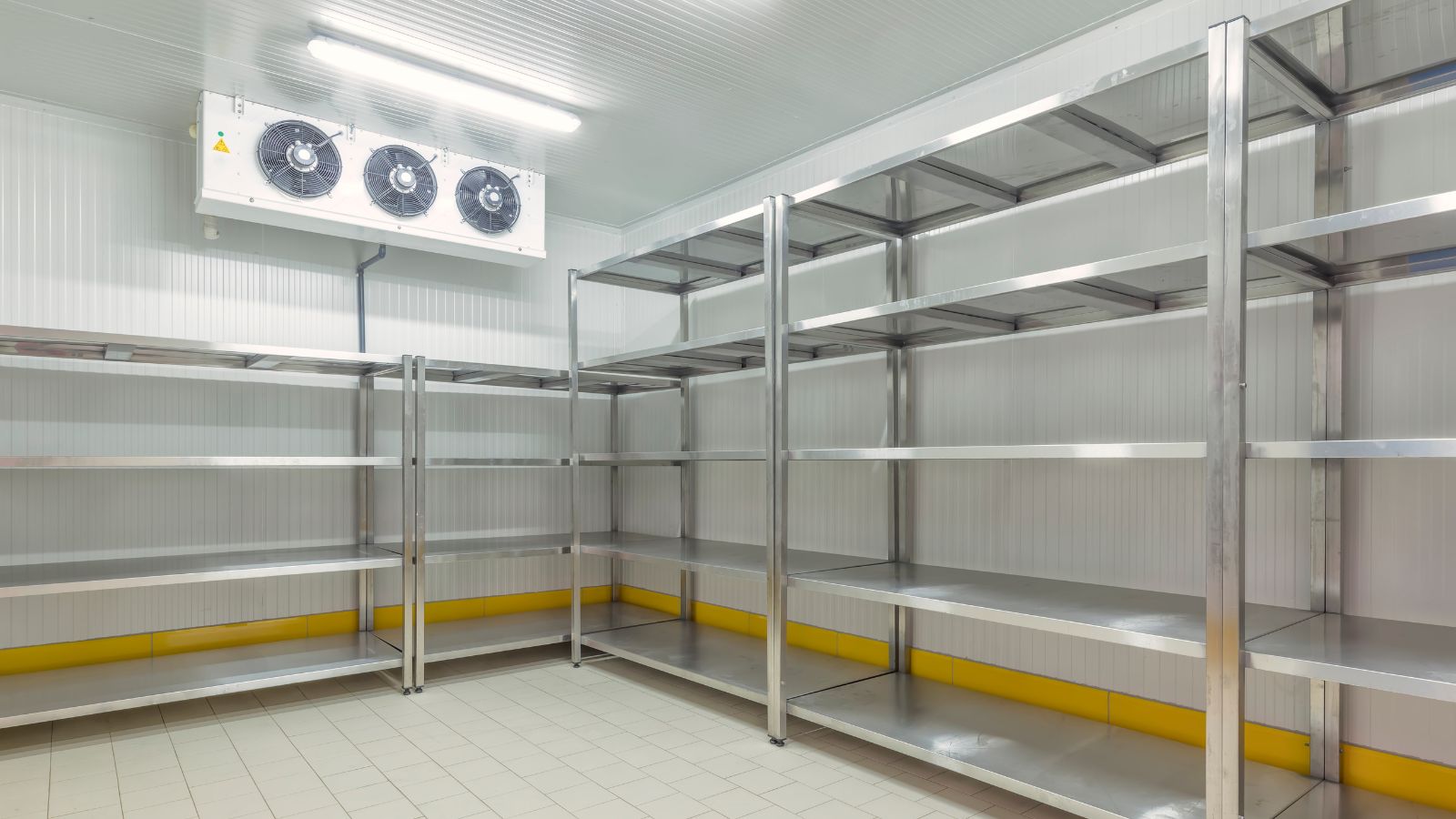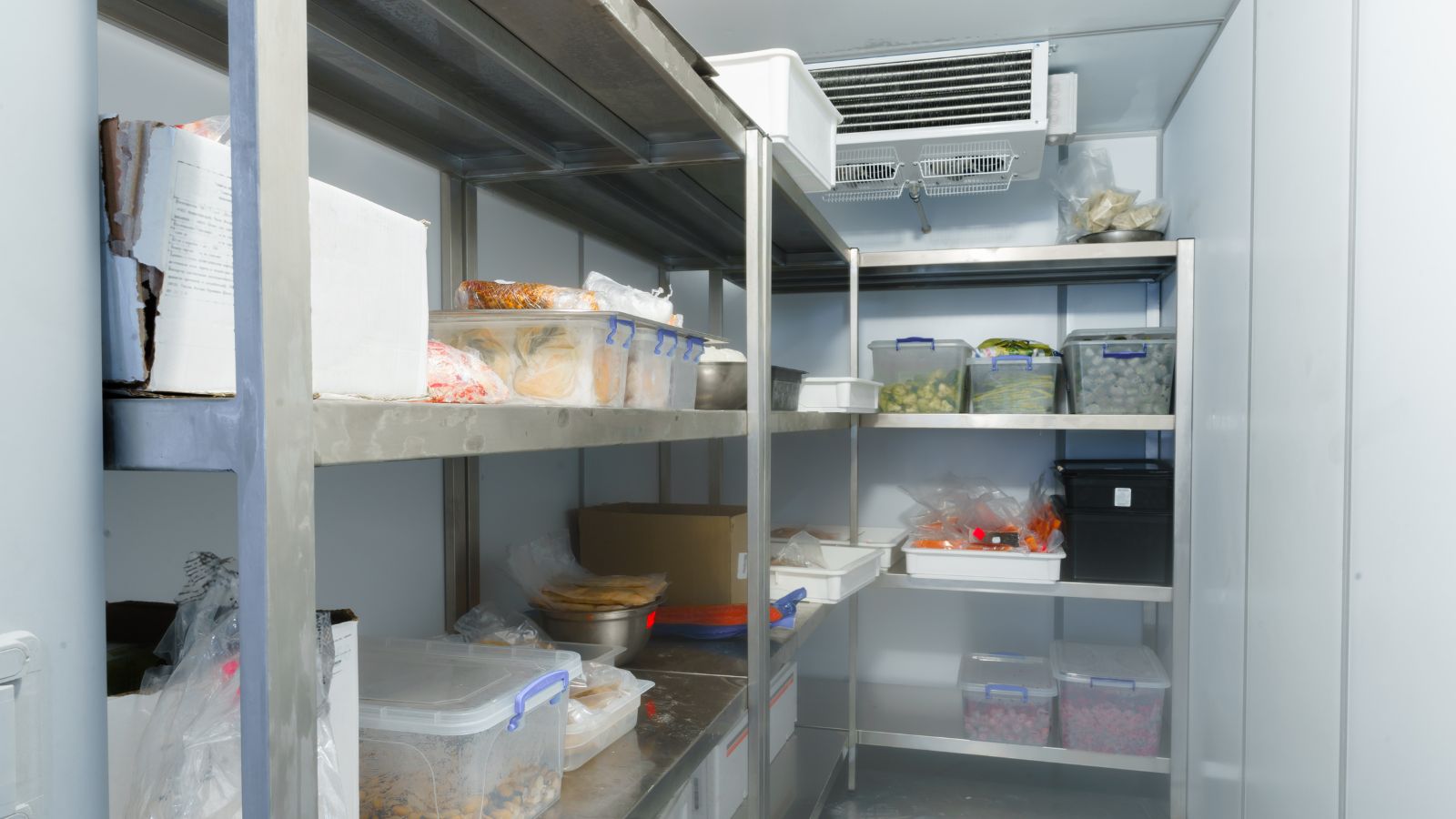
In the highly competitive and safety-conscious food industry, maintaining quality and extending shelf life are non-negotiable priorities. From artisanal producers to multinational manufacturers, businesses are constantly looking for ways to meet strict safety standards while preserving the taste, texture and nutritional value of their products. One technology that is rising rapidly in prominence is the blast freezer—a powerful, precision-engineered solution that rapidly lowers the temperature of food products to freezing levels in a matter of hours.
Unlike standard freezing systems, which can take several hours (or even days) to bring food to a stable frozen state, a blast freezer operates much faster, usually within 90 to 240 minutes depending on the product. This speed is critical in preventing the formation of large ice crystals that damage food cells and degrade quality. With increasing pressure to meet regulatory compliance, reduce food waste and improve supply chain efficiency, more companies across the UK and beyond are turning to blast freezers as their cold chain cornerstone.
Preserving Product Integrity Through Rapid Temperature Reduction
At the heart of a blast freezer’s appeal is its ability to rapidly chill food from cooking or room temperatures to below freezing in a tightly controlled environment. This rapid temperature reduction is essential for preserving the cellular structure of food, particularly in items like meat, seafood, baked goods and ready meals.
When food freezes slowly, ice crystals form and grow, puncturing the cell walls and leading to moisture loss during thawing. This not only alters the texture and taste but can also compromise the visual appeal and nutritional value. A blast freezer minimizes crystal formation by freezing products quickly and uniformly, locking in moisture, flavor and nutrients.
This preservation of integrity is especially valuable in sectors such as high-end catering, gourmet meal delivery, and luxury food exports where product presentation is as important as safety. By adopting blast freezing technology, companies ensure that the food arriving on the plate is as good as when it left the kitchen or factory floor.
Enhancing Food Safety By Controlling Bacterial Growth
Food safety is a primary concern for every business handling perishable items. Bacteria multiply rapidly in the “danger zone” between 5°C and 60°C, and if food lingers in this range for too long, the risk of contamination increases significantly. Blast freezers dramatically reduce the time food spends in this critical temperature window, significantly mitigating microbial risk.
For example, after cooking or processing, items like poultry or sauces can be cooled from over 70°C to -18°C in just a couple of hours. This swift transition ensures that bacteria such as Salmonella or Listeria do not have the opportunity to grow. For businesses operating under HACCP or FSA guidelines, using a blast freezer is not only best practice—it’s a clear demonstration of compliance.
Moreover, this level of temperature control supports traceability and audit readiness. With digital monitoring and documentation, companies can easily produce records showing exactly how long each batch took to freeze, adding an extra layer of transparency and confidence for both regulators and consumers.

Reducing Food Waste Across The Supply Chain
Food waste is not only a financial burden—it’s also a pressing environmental issue. Companies are under increasing pressure to reduce waste throughout the production and distribution cycle, and blast freezers are proving to be an effective tool in this mission. By extending shelf life without compromising quality, blast freezing allows businesses to plan better, stock more efficiently, and avoid unnecessary spoilage.
Catering companies can prepare larger quantities in advance and freeze meals for future use without the risk of deterioration. Retailers can accept bulk deliveries of seasonal or imported produce, freeze them rapidly on arrival, and release them gradually to meet demand.
This strategic freezing not only preserves profitability but supports sustainability goals. In a time when food security and responsible consumption are global concerns, adopting blast freezing is both a smart business decision and an ethical one.
Improving Efficiency In Commercial Kitchens And Food Manufacturing
Time is a critical asset in any food operation. Whether it’s a restaurant with a limited prep window or a food processing plant on a tight production schedule, every hour saved matters. Blast freezers streamline operations by drastically reducing cooling times, enabling faster batch turnaround and more agile production planning.
In commercial kitchens, chefs can cook in large volumes during off-peak hours, blast freeze the meals, and reheat or finish them just before service. This makes operations more efficient without sacrificing freshness. In food manufacturing, items can move from one stage to the next—such as cooking to packing—more quickly, increasing throughput and reducing bottlenecks.
Furthermore, modern blast freezers are equipped with programmable settings that allow for precision control over freezing cycles. This flexibility is ideal for facilities that handle multiple product types, each with its own freezing requirements. Whether it’s delicate pastries or dense lasagna trays, the blast freezer ensures optimal treatment for each.
Expanding Distribution Potential For Small And Medium Food Producers
For small and medium-sized enterprises (SMEs), access to extended distribution networks is often limited by shelf life and transportation constraints. Blast freezing opens new doors by allowing these businesses to preserve their products at peak freshness and ship them farther afield without the risk of spoilage.
A local butcher, for instance, can blast freeze premium cuts and ship them across the UK or even export to Europe, confident that the product will arrive in excellent condition. Artisanal ice cream makers can freeze their creations quickly, minimizing ice crystallization and ensuring a smooth texture even after long-distance shipping.
This capability enables SMEs to scale without immediately investing in larger premises or costly distribution partnerships. With the right cold chain in place, even the smallest food producer can think globally. Blast freezing, in this context, becomes a bridge between artisan quality and mass-market reach.

Meeting The Demands Of The Frozen Ready Meal Boom
The demand for frozen ready meals has seen a remarkable surge in recent years, driven by busy lifestyles, rising food costs, and an increased focus on convenient yet healthy eating. From plant-based dishes to gourmet comfort foods, consumers now expect restaurant-quality frozen meals at home—and blast freezing is key to meeting that expectation.
Unlike traditional freezing, which can damage the structure of cooked meals, blast freezing locks in flavor and texture while preserving the dish as it was intended to be served. Sauces retain their creaminess, vegetables stay crisp, and proteins remain juicy when reheated.
Food brands competing in this growing sector must ensure their meals taste freshly made even after weeks in the freezer. Investing in blast freezing technology allows companies to deliver consistent, high-quality meals at scale—meeting modern consumer demands with confidence.
Conclusion: Fast Freezing For A Safer, Smarter Food Future
The rise of the blast freezer is transforming how the food industry approaches safety, quality, and efficiency. From high-end restaurants and SMEs to major manufacturing facilities, this technology is helping businesses meet regulatory standards, expand market access, and reduce waste—all while delivering better food to consumers.
As demand for safer, longer-lasting, and better-tasting products continues to rise, blast freezers are becoming not just a luxury but a necessity. Their ability to preserve integrity, protect health, and improve logistics makes them one of the most important investments in today’s food production and distribution chain.












